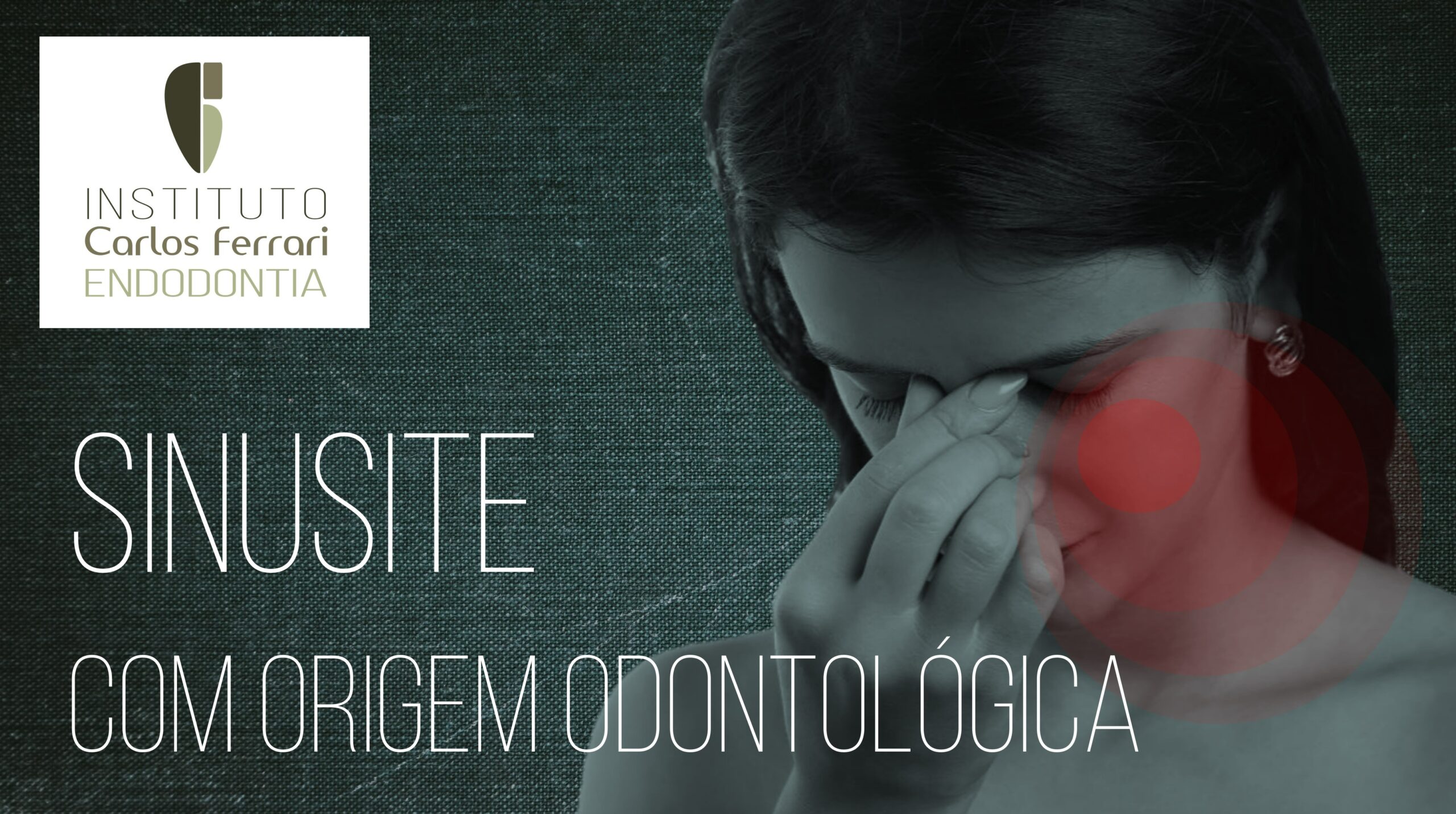Sinusite odontogênica. Características e diagnóstico das sinusites com origem odontológica ou síndrome endo antral.
Palestras para cirurgiões dentistas e médicos otorrinolaringologistas
In: Lima et al. Sinusite odontogênica: Revisão de litaratura. Rev. Bras. Odontol., Rio de Janeiro, v. 74, n. 1, p. 40-4, jan./mar. 2017
O seio maxilar é considerado o maior seio paranasal, sendo o primeiro a se desenvolver e está localizado na maxila, na região entre as cavidades orbital e nasal. Apresenta uma forma piramidal com a base voltada para a parede lateral da cavidade nasal e o ápice voltado para o processo zigomático da maxila. A inflamação da membrana sinusal que cobre a cavidade paranasal é referida como sinusite maxilar e sua origem é principalmente nasal.
No entanto, em alguns casos, uma infecção dentária é um fator predisponente para o desenvolvimento da sinusite de origem dentária. A sinusite odontogênica corresponde aproximadamente por 10% a 12% dos casos de sinusite maxilar. A proximidade das raízes dos dentes maxilares posteriores com o seio maxilar associada à presença de inflamação, infecção ou iatrogenias de origem dentária pode afetar a integridade do assoalho do seio. Além disso, o desenvolvimento de uma lesão periapical em dentes cujos ápices da raiz estão perto ou estendendo-se para o seio maxilar pode provocar alterações inflamatórias no revestimento mucoso e, posteriormente, o desenvolvimento de sinusite odontogênica.
Os sintomas da sinusite de origem odontogênica são semelhantes a não odontogênica, como obstrução ou congestão nasal, dor ou pressão na face e dores de cabeça. No entanto, quando a origem é odontogênica, geralmente, estes sintomas manifestam-se em apenas um lado da face. Outros sintomas como dor nos olhos, gotejamento pós-nasal, mau odor e dor de origem dentária também foram relatados.
No entanto, apesar da sintomatologia semelhante, a sinusite odontogênica deve ser minunciosamente investigada pelo fato de diferir em relação à microbiologia, fisiopatologia e gerenciamento da sinusite de origem nasal. Assim, a definição da etiologia da doença é essencial para o tratamento adequado da sinusite odontogênica.
Sinusite odontogênica.





